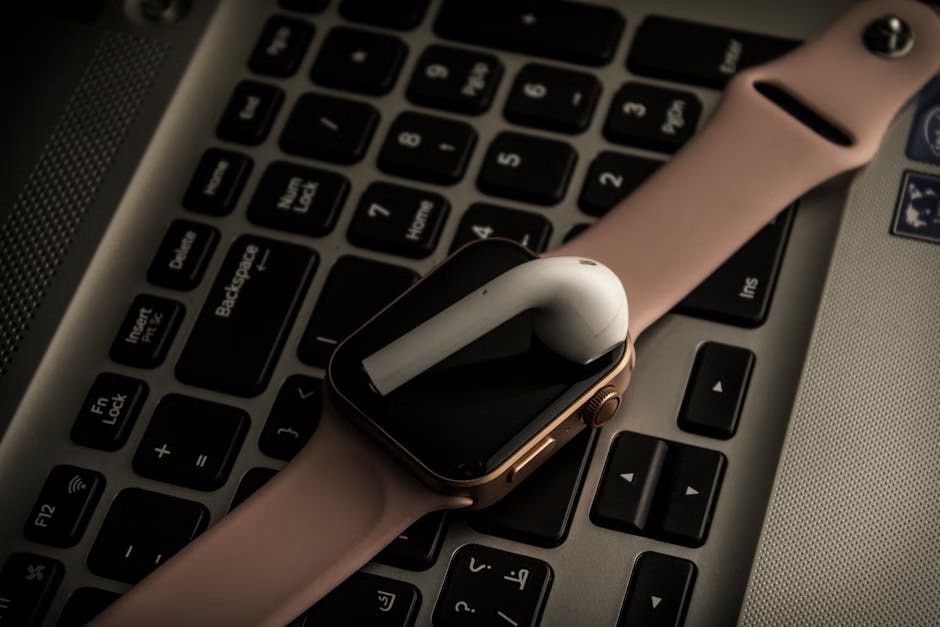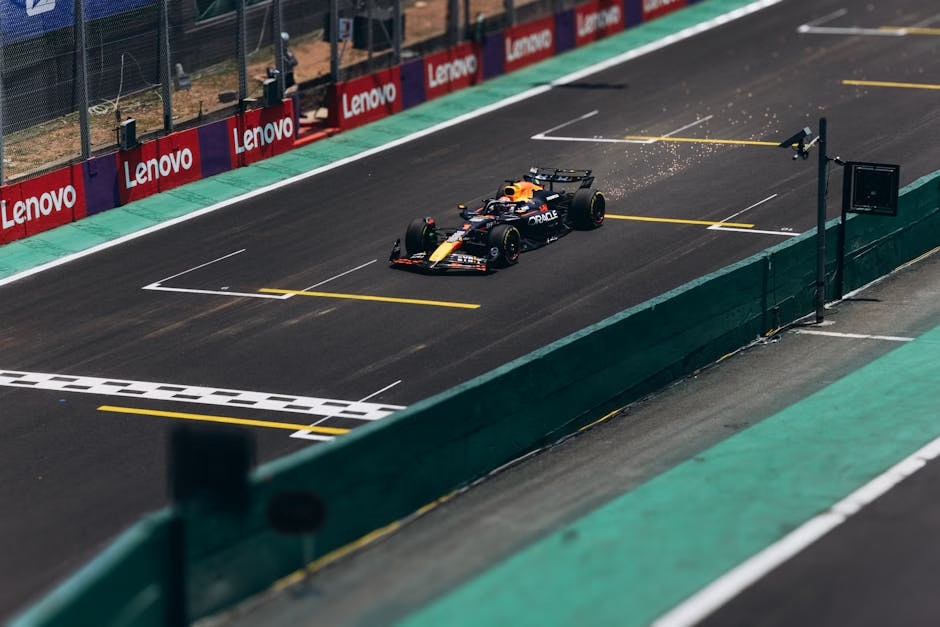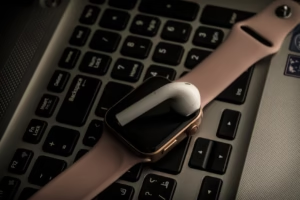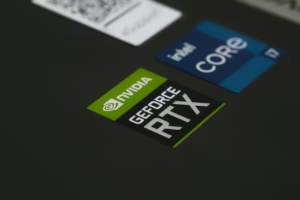Smartwatch Price: Best Deals & Ultimate 2025 Buyer’s Guide
As a seasoned tech enthusiast and someone who’s spent countless hours dissecting gadgets and diving deep into the tech industry, I’ve seen the evolution of wearables firsthand. From clunky prototypes to the sleek, powerful devices we strap to our wrists today, the smartwatch has become an indispensable tool for many. But with so many options flooding the market, one question consistently looms large: what exactly determines a smartwatch price, and how much should you really expect to pay for a good one?
Navigating the world of smartwatches can feel like deciphering a complex code, especially when you&re trying to balance features with your budget. This article aims to cut through the noise, offering you a clear, comprehensive guide to understanding smartwatch pricing, ensuring you make an informed decision without breaking the bank.
What Factors Significantly Influence smartwatch Price?
The price of a smartwatch is primarily influenced by its brand, advanced features (like GPS, heart rate monitoring, ECG), build materials, and the sophistication of its operating system.
Just like cars or smartphones, not all smartwatches are created equal, and their price tags reflect this disparity. Here’s a breakdown of the key elements that contribute to the cost:
- Brand Recognition and Ecosystem: Premium brands like Apple, Samsung, and Garmin often command higher prices due to their established reputation, robust ecosystems (think app stores, seamless integration with other devices), and extensive research and development. A high-end Apple Watch, for instance, isn&t just a gadget; it&s a gateway into a meticulously designed ecosystem.
- Advanced Health and Fitness Features: Basic smartwatches track steps and calories. More expensive models offer advanced metrics like ECG (electrocardiogram), SpO2 (blood oxygen saturation), detailed sleep analysis, stress tracking, and precise GPS for athletes. These sophisticated sensors and algorithms require significant investment in R&D, which inevitably drives up the cost.
- Build Materials and Design: A plastic casing with a silicone band will naturally be cheaper than a watch crafted from titanium, sapphire glass, or stainless steel, paired with a leather or metal strap. Durability, water resistance ratings, and aesthetic appeal also play a crucial role in pricing.
- Processor and Storage: A faster processor means smoother performance and quicker app loading. More internal storage allows for music downloads, additional apps, and larger data logs, all of which contribute to a higher manufacturing cost.
- Connectivity Options: Models with cellular connectivity (LTE/5G) that allow you to make calls, send texts, and stream music without your phone nearby will always be more expensive than Wi-Fi/Bluetooth-only versions due to the added hardware and carrier fees.
- Battery Life: While not always a direct cost driver, watches with exceptionally long battery life (especially those employing low-power displays or advanced power management) often feature specialized components or larger batteries, which can impact the overall price.
How Much Should You Expect to Pay for a Good smartwatch?
You can expect to pay anywhere from $50 for a basic fitness tracker with smartwatch features to over $800 for a high-end, feature-packed premium smartwatch. For most users, a “good” smartwatch will fall in the $150-$400 range.
Let’s break down the general price tiers:
Entry-Level Smartwatches (Under $100)
At this price point, you’re looking at devices that offer core smartwatch functionalities: notification alerts, basic fitness tracking (steps, calories, sleep), and heart rate monitoring. Brands like Amazfit, Wyze, and some older Fitbit models often populate this category. They&re excellent for those dipping their toes into the smartwatch world or who primarily need a reliable fitness tracker with some smart features.
Mid-Range Smartwatches ($100 – $400)
This is the sweet spot for many consumers, offering a fantastic balance of features and value. Here, you&ll find popular models like the Apple Watch SE, Samsung Galaxy Watch series (older generations or non-Pro models), and many Garmin Venu or Forerunner watches. Expect more accurate GPS, better displays, enhanced health monitoring (SpO2, sometimes ECG), robust app ecosystems, and improved build quality. This range often includes the best bang for your buck.
Premium Smartwatches ($400+)
This category is home to the flagship devices: the Apple Watch Series (latest models, especially Ultra), Samsung Galaxy Watch Pro models, and high-end Garmin Fenix or Epix lines. These watches boast the latest processors, premium materials (titanium, sapphire glass), advanced health sensors, cellular connectivity, and specialized features for extreme sports or professional use. They offer the best performance, durability, and feature sets available.
Are Expensive Smartwatches Worth the Investment?
Yes, expensive smartwatches can be well worth the investment if you require specialized features for health monitoring, professional fitness tracking, or seamless integration into a specific tech ecosystem, and if you value premium build quality and longevity.
The “worth” of an expensive smartwatch largely depends on your individual needs and lifestyle. Consider these scenarios:
- The Avid Athlete/Outdoor Enthusiast: If you&re a marathon runner, triathlete, or mountaineer, features like advanced GPS mapping, multi-sport tracking, recovery metrics, and extreme battery life (found in Garmin Fenix/Epix or Apple Watch Ultra) are not just luxuries but essential tools.
- Health-Conscious Individuals: For those who rely on features like on-demand ECG, fall detection, high/low heart rate alerts, or continuous blood oxygen monitoring for health management, the precision and reliability of premium devices can be invaluable.
- Tech Ecosystem Loyalty: If you&re deeply entrenched in Apple&s ecosystem, an Apple Watch provides unparalleled integration with your iPhone, AirPods, and other devices, enhancing convenience and functionality that cheaper alternatives can&t match.
- Fashion & Durability: For some, a smartwatch is also a fashion statement. Premium materials like sapphire glass and titanium offer superior scratch resistance and durability, justifying the higher price for a device that will withstand daily wear and tear for years.
How Can I Save Money on a smartwatch?
To save money on a smartwatch, consider purchasing previous-generation models, looking for sales during holidays, exploring refurbished options, or opting for a GPS-only version instead of cellular.
Smartwatches, like most tech, deprecate in value. Here are some smart strategies to get a great deal:
- Wait for Sales: Black Friday, Cyber Monday, Prime Day, and other major holidays are prime times for discounts. Keep an eye on retailers like Amazon, Best Buy, and official brand websites.
- Consider Last Year&s Model: The latest model often comes with a premium. A watch from one or two generations ago usually offers 90% of the features at a significantly reduced cost. For example, an Apple Watch Series 8 or Samsung Galaxy Watch 5 might be perfect for you, even if the Series 9 or Watch 6 is out.
- Buy Refurbished: Reputable retailers (and often the manufacturers themselves) sell certified refurbished smartwatches that are thoroughly tested and come with a warranty. This can offer substantial savings.
- Opt for GPS-only: If you always carry your phone, you likely don&t need the cellular version of a smartwatch, which can save you $50-$100 upfront and eliminate monthly carrier fees.
- Compare Retailers: Prices can vary between different stores, so always shop around.
What Role Does Web Development Play in a smartwatch&s Ecosystem?
Web development is crucial for the smartwatch ecosystem, powering the backend services, companion apps (often hybrid web/native), and cloud infrastructure that allow smartwatches to sync data, deliver notifications, and run third-party applications.
While you might not think of “web development” when looking at a tiny screen on your wrist, it&s an invisible backbone. The apps you download, the data syncing to your phone, and the personalized dashboards you see on your computer or phone are all heavily reliant on robust web development. This development work, creating seamless user experiences and powerful integrations, is a significant investment for companies and contributes to the overall value and, consequently, the price of the device. From the APIs that connect your watch to health services to the cloud infrastructure that stores your fitness data, it&s all built on web technologies.
Shop Related Products on eBay
Find the best deals on these recommended products:
… (Content truncated for length) …
About the Author:
Poly Kaza is a seasoned technology journalist and wearable tech enthusiast with over a decade of experience reviewing and analyzing the latest innovations in smart devices. He has a deep understanding of the underlying technologies that power smartwatches and a passion for helping consumers make informed decisions about their digital companions. His work focuses on bridging the gap between complex technical specifications and practical user experience, with a keen eye on how wearables impact daily life and health.













3 comments